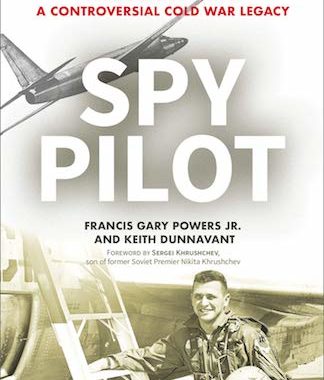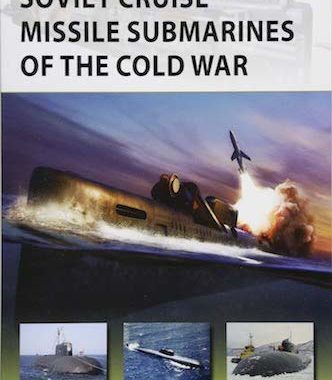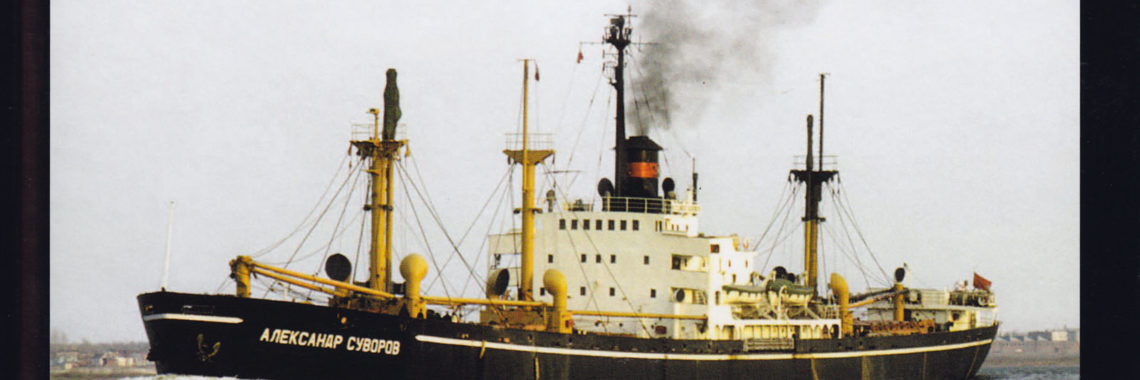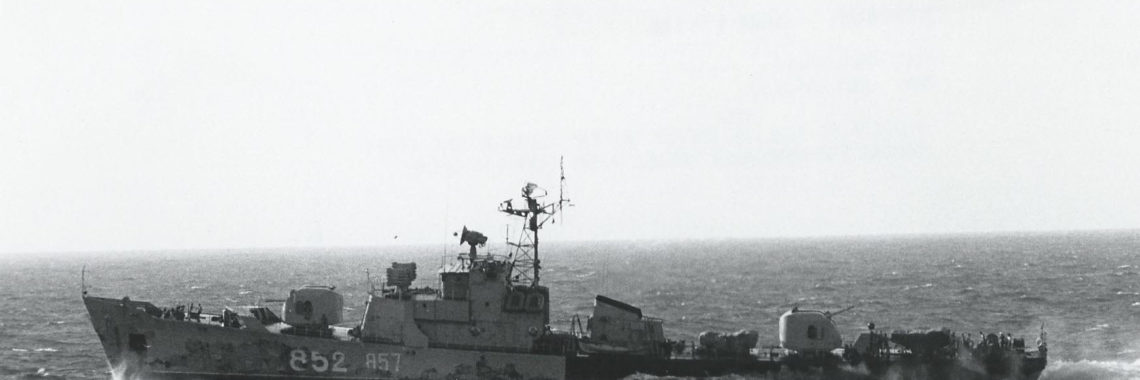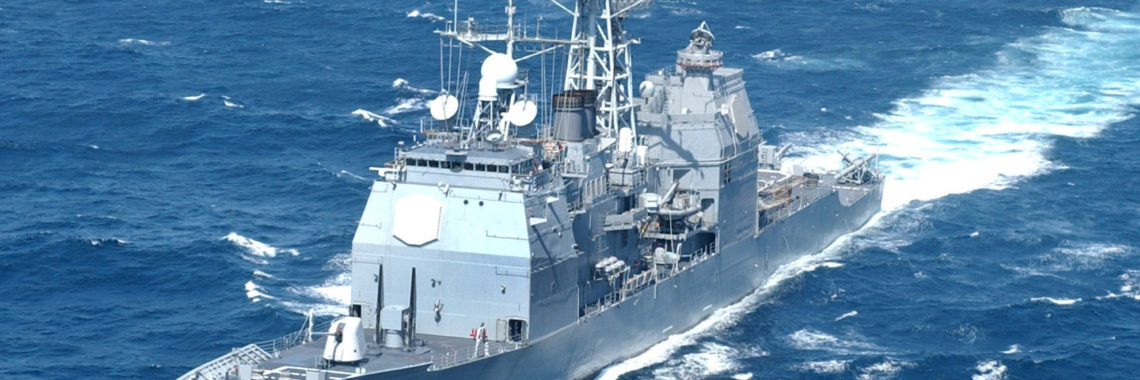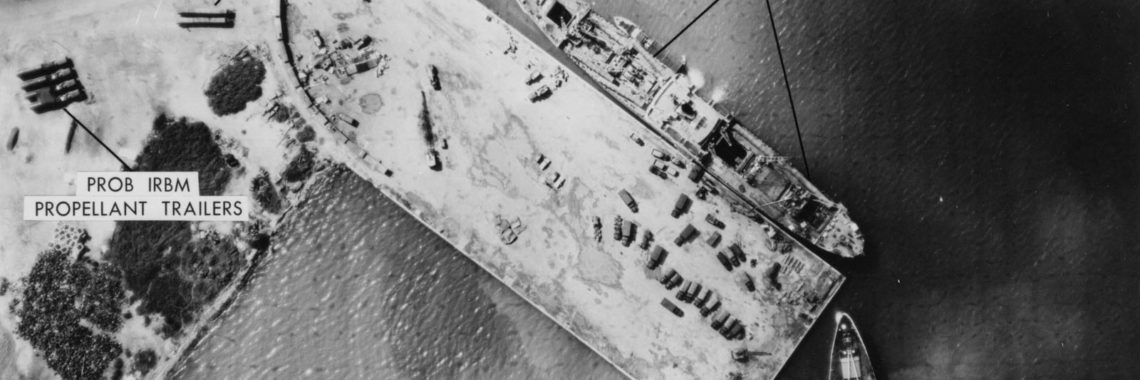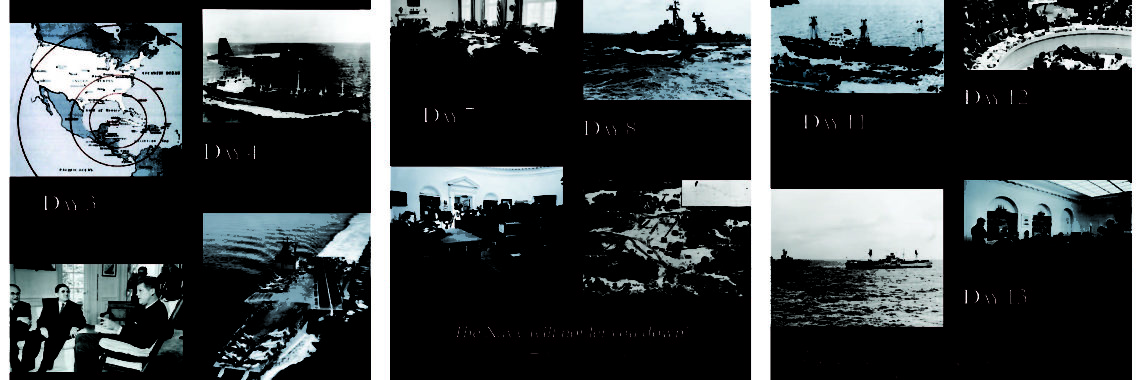Spy Pilot
No name is more synonymous with the Cold War battle for intelligence between the United States and the Soviet Union than Frances Gary Powers. The May 1960 shoot down of a U-2 over the Soviet Union removed the veil of secrecy of the airplane’s existence and chilled already frosty relations between geopolitical competitors. The pilot’s

